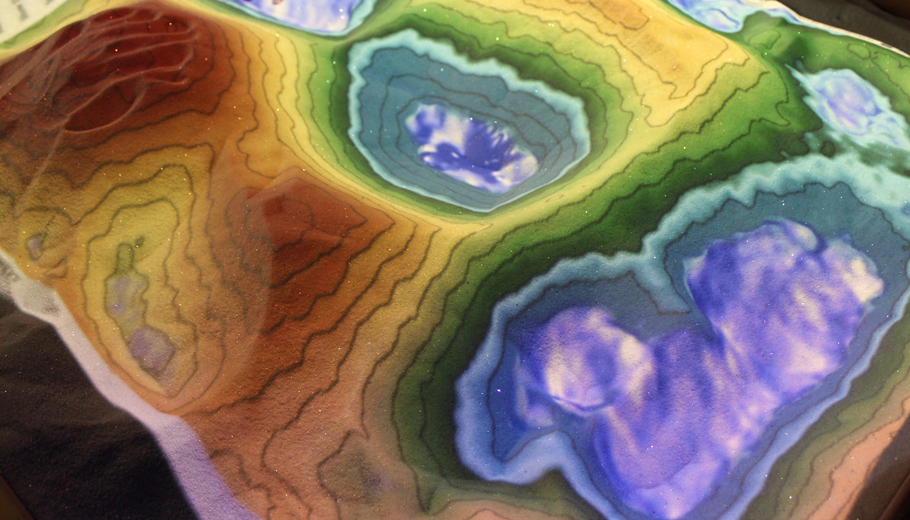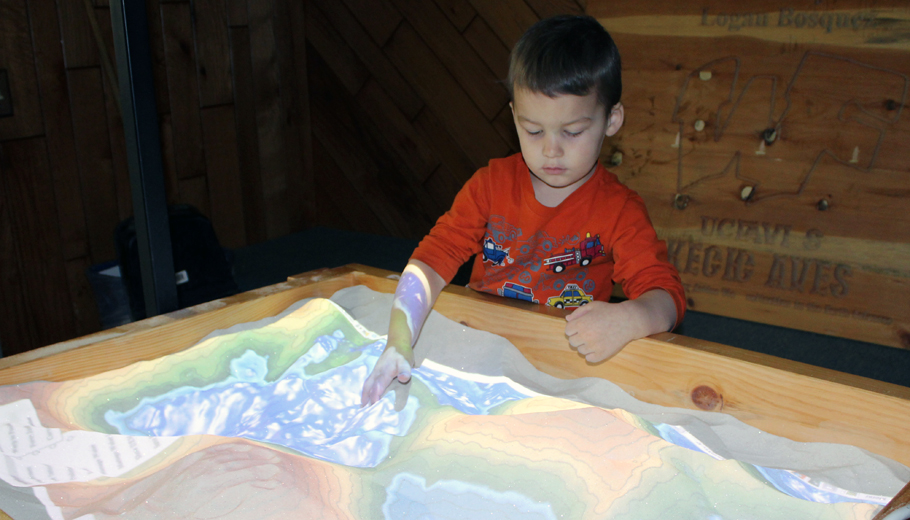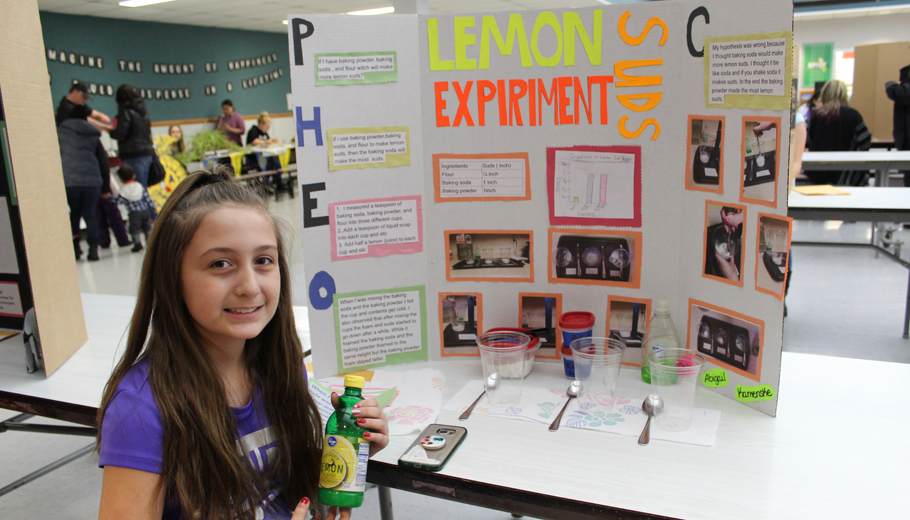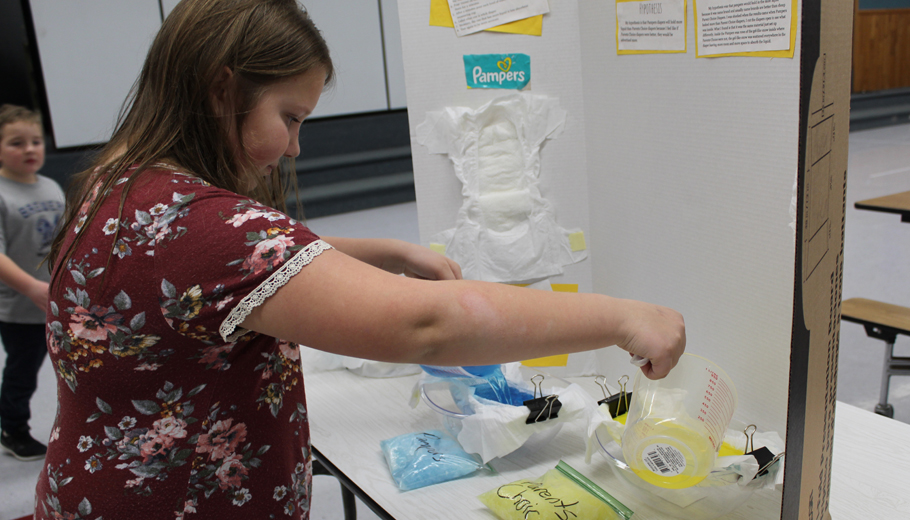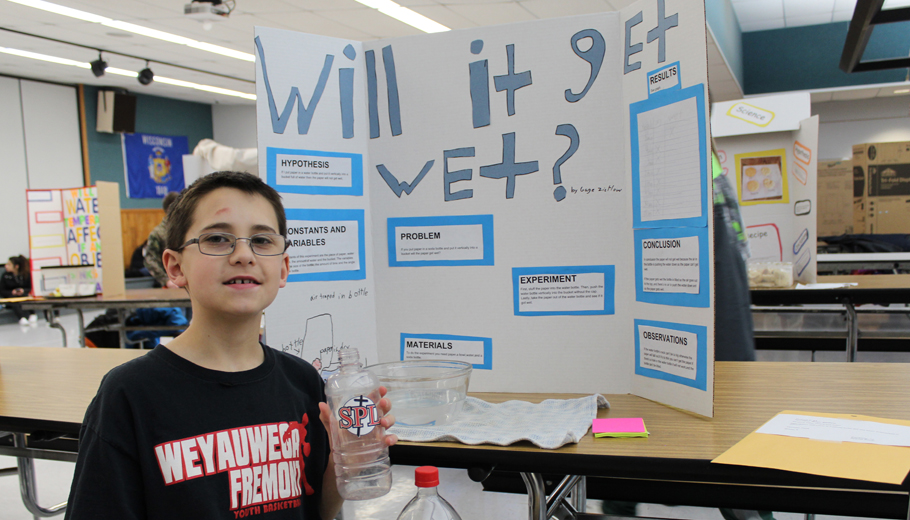Wega-Fremont students share projects
By Angie Landsverk
Weyauwega-Fremont elementary and middle school students participated in the district’s annual science fair on Thursday, Feb. 21.
It featured 84 projects done by about 95 students, said Lynn Ponto, who teaches science at W-F High School.
Some students paired up on projects.
“Scientists do the same thing,” Ponto said. “A lot of people do research together.”
Projects filled the middle school’s cafeterium.
Ponto explained why the district holds a science fair each year.
She said they want to encourage the science process early with students.
“People don’t understand what science is,” Ponto said. “It’s not about getting it right.”
She said scientists are constantly looking for new things, finding new information and making modifications.
“Science is about finding out new things,” Ponto said.
Students were sometimes surprised by what happened when they did their experiments.
Abby Kamenske is a fifth-grade student at Fremont Elementary.
Her hypothesis was that if she used baking powder, baking soda and flour to make lemon suds, the baking soda would make the most suds.
She thought the baking soda would be like soda, which makes suds after someone shakes it.
Kamenske searched online for project ideas.
Her older sister suggested she do this one, and she thought about trying it herself when she was younger.
Kamenske’s discovered her hypothesis was wrong.
The baking powder made the most suds.
She had fun doing the project, and said she was surprised by what happened.
Alyssa Lider was also surprised by the outcome of her experiment.
She is a sixth grader at W-F Middle School.
Lider compared a more expensive brand of diapers to an off brand that did not cost as much.
She decided to do this project, because she knows she will be babysitting some day.
Lider thought the more expensive brand would hold more liquid.
She poured the same amount of liquid into each diaper.
When Lider flipped each diaper over, she found the more expensive brand held less liquid, and also leaked more.
She learned the off brand would be a better choice for parents.
Kaysa Fink is also a sixth grader at the middle school.
Her project was about whether smell affects taste.
“I’ve always wondered (how) when you sometimes smell something, you kind of taste it,” she said.
Fink learned smell does not always affect taste, but sometimes taste affects smell.
She had food items on hand to demonstrate her process, and also had a graph showing the results of her experiment with members of her family.
Gage Zietlow, a fifth grader at Weyauwega Elementary, described the project he did as an interesting one.
He wondered if paper would get wet if it was put in a plastic water bottle and the bottle was then placed vertically into a bucket of water.
His hypothesis was the paper would not get wet.
He concluded the paper would not get wet because the air in the bottle would push the water down.
Zietlow said if the paper did get wet, the bottle was tilted so the air went out to the top.
There would then be no air to push the water down, so the paper would get wet.
Ponto said they encourage students to think outside the box, and to look at things from different perspectives.
“The evaluators give them feedback,” she said. “It gets them excited. They get to tell about their projects.”

